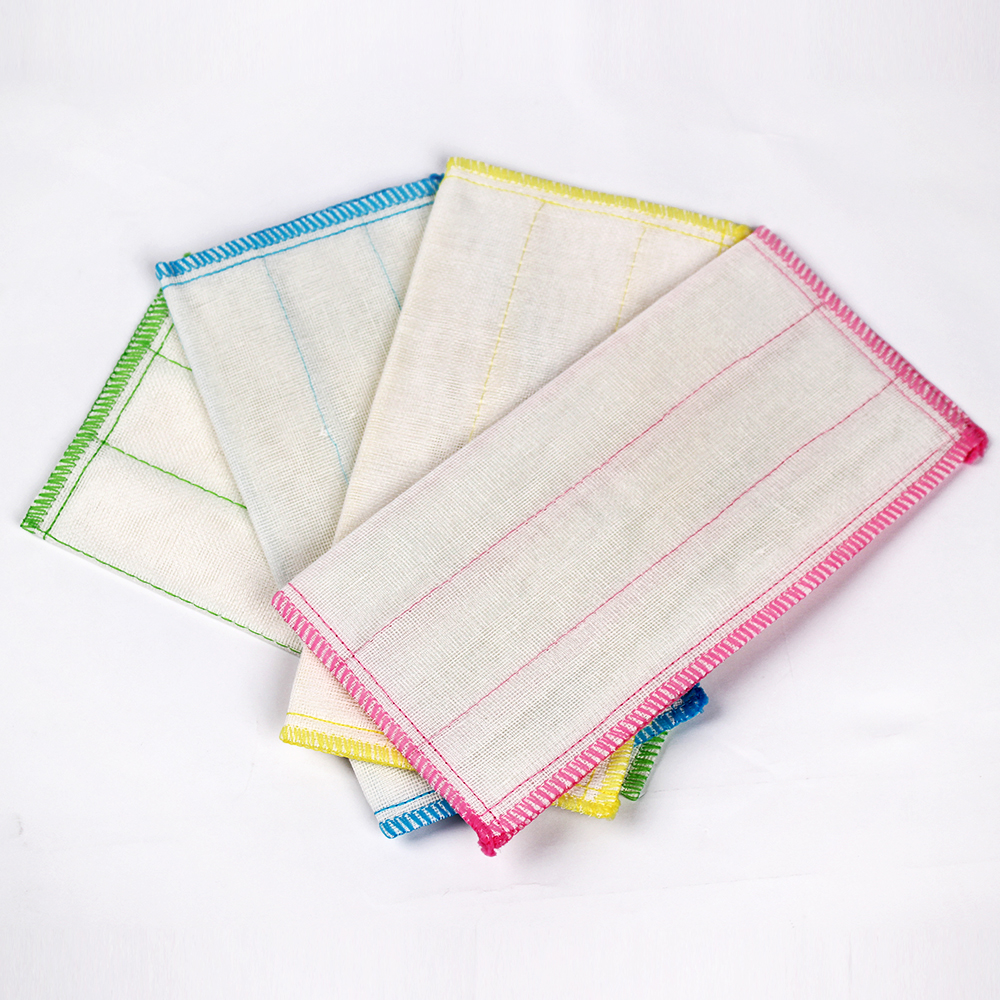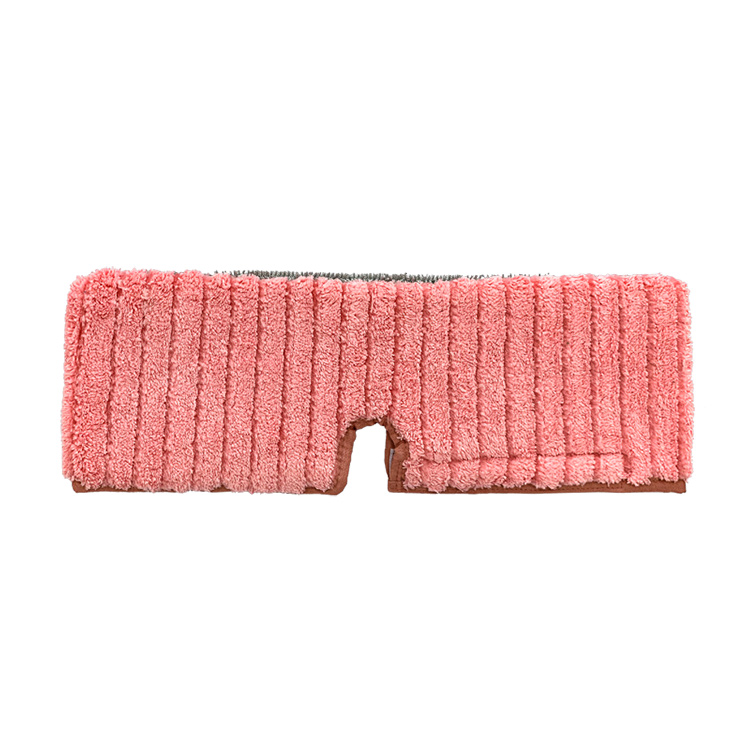Polypropylene (PP) is obtained by the catalytic polymerization of propylene using a Ziegler-Natta catalyst. It is a crystalline isotactic polymer with very regular molecular chains. The polymerization process includes four methods: solvent polymerization (slurry method), liquid phase bulk polymerization, gas bulk polymerization, and solution polymerization. However, it is mainly based on solvent (slurry) polymerization. Its isotacticity is more than 95% and its molecular weight is about 8 to 150,000.
1. performance
(1) Physical properties Polypropylene is a non-toxic, odorless, odorless, milky white, highly crystalline polymer with a density of only 0.90 to 0.91 g/cm3. It is one of the lightest brands in all plastics. It is particularly stable to water, the water absorption rate in water at 24h is only 0.01%, and the molecular weight is about 8 to 150,000. Good moldability, but due to high shrinkage (1% to 2.5%), thick-walled products are easily sag, and for some parts with high dimensional accuracy, it is difficult to meet the requirements. The surface of the product is glossy and easy to color.
(2) Mechanical properties Polypropylene has high crystallinity and regular structure, so it has excellent mechanical properties. Its yield strength, tensile strength, compressive strength, hardness and elasticity are all higher than that of HDPE, but at room temperature and low temperature, due to its own The molecular structure has a high degree of regularity, so the impact strength is poor, and when the molecular weight increases, the impact strength also increases, but the molding process performance deteriorates. Polypropylene has outstanding bending fatigue resistance, such as PP injection-body living hinge, can withstand 70 million folds of opening and closing with no damage marks, and it has good friction resistance, dry friction coefficient and nylon Similar, but in oil lubrication, the friction performance is obviously inferior to nylon, and PP can only be used to make gears and bearings with lower PV value and no impact load. Surface effects, such as embossing, engraving, etc. on the surfaces of their products, are easier than any other thermoplastic. Polypropylene products are particularly sensitive to gaps. Therefore, when designing the mold, care must be taken to avoid the presence of sharp corners. Otherwise, stress concentration will easily occur and the service life of the product will be affected.
(3) Thermal properties Polypropylene has good heat resistance. Its melting point is 164~170°C, and the product can be disinfected and sterilized at temperatures above 100°C. In the absence of external force, 150 °C does not deform, at 90 °C stress relaxation performance is good, its embrittlement temperature is -35 °C, in the temperature below -35 °C will occur brittle fracture, cold resistance is not as good Polyethylene, if reinforced with asbestos fibers and glass fibers, has high heat distortion temperature, dimensional stability, and low temperature impact properties.
(4) Chemical stability The chemical stability of polypropylene is very good. Apart from being attacked by concentrated sulfuric acid and concentrated nitric acid, it is stable to other chemical reagents, but it has low molecular weight aliphatic, aromatic and chlorinated hydrocarbons. Polypropylene can be softened and swelled, while its chemical stability increases with the increase of crystallinity. Therefore, it is suitable for various kinds of chemical pipelines and accessories, and its anti-corrosion effect is good.
(5) Electrical properties Polypropylene has good high-frequency insulation properties because it hardly absorbs water and the insulation properties are not affected by humidity. It has a high dielectric coefficient, and with the rise of temperature, it can be used to make heated electrical insulation products, and its breakdown voltage is also high, suitable for use as electrical accessories. The resistance to voltage and arc resistance is good, but the degree of static electricity is high and it is easy to age with contact with copper.
(6) Weather resistance Polypropylene is very sensitive to ultraviolet rays. Adding zinc oxide, dilaurin, carbon black, or similar milky filler can improve its aging resistance.
2. The molding processability of polypropylene is good, so there are many molding methods, such as injection molding, extrusion molding, blow molding, vacuum thermal molding, coating, rotational molding, welding, machining, electroplating and foaming, etc. Spray paint on metal surface. General injection molding PP melt index is 3 to 4.5, and some can be to 20, its moisture absorption is small, only 0.01%, so only need to be preheated in the general blast oven at 80 ~ 100 °C before molding . When PP is exposed to the metal wall for a long time, it will decompose and carbonize, so be careful not to make it stagnate in the barrel for a long time. In order to facilitate the plasticization, it is better to lengthen the shunt. If you want to shorten the injection cycle, you can allow the injection temperature to be properly increased. It is very important to choose the appropriate temperature during injection molding, because the polypropylene molecules are easy to orient, the molecular orientation will produce strain and reduce the impact strength, and the orientation phenomenon is most easily produced at low temperature and high pressure injection, so the temperature can not be too low. The mold temperature is preferably about 80°C, not lower than 50°C. Otherwise, the surface gloss of the molded product is poor, or there are defects such as weld marks. However, if the mold temperature is too high, the shrinkage rate of the product is too large and a depression occurs, so the pressure is as much as possible. To improve some, the general mastery is to use no waste edge as the standard.
The secondary processing performance of polypropylene is very good. Its printing performance is better than that of polyethylene. Printing methods such as photographic convex plate, offset plate, and plano-concave plate can be used. To obtain good printing performance such as heat resistance, oil resistance, and water resistance, etc. Subject to corona discharge before printing. Products can be hot stamping, printing, adhesive, etc., adhesive can be used hot-stick, solvent-based adhesives or high-frequency sealing, etc., can be used hot-air, thermal energy ultrasonic welding, welding performance is good. Plating used for instruments, meters, electronics and other decorative parts.
3. Modified polypropylene can be modified through filling, reinforcement, blending, copolymerization and cross-linking. If fillers such as calcium carbonate, talcum powder and minerals are added, rigidity, hardness, heat resistance and dimensional stability can be improved; glass can be added. Fibers, asbestos fibers, mica, glass beads, etc. can improve the tensile strength, and can improve creep resistance, low temperature impact resistance; add elastomers and rubber, etc. can improve the impact properties, transparency; weather resistance, flame retardant Sex, conductivity, nucleation, antistatic, electroplatability, and various special additives are also available.
4. Uses Polypropylene homopolymers are polymerized from a single propylene monomer, have a high degree of crystallinity, and have good mechanical strength and heat resistance.
Dry mop pads work with just about any mop on the market. Clean your floors faster and more efficiently than ever before.
HIGH QUALITY MICROFIBER - Mop dre pad replacements are made from the best and strongest microfiber on the market. It will never tear, change color or let you down. Easy cleaning in a professional and time-saving way.
STANDARD SIZES AND EXTRA ABSORBENT - Our washable microfiber mop dry pads are available in custom sizes and we fit all traditional size mops for you. Microfiber has extra water absorption and will leave your floors shiny and dry when done.
EASY TO USE AND CLEAN - These pads are very easy to use, just stick it on the mop board and start mopping the floor, just wash the pads in warm water or in the washing machine after use. Microfiber dries quickly and can be used again.




Dry Pad,Dry Mop Pads,Microfiber Dry Mop Pad,Sweeping Pad
SUZHOU BETTER CLEAN CO LTD , https://www.betterclean.net